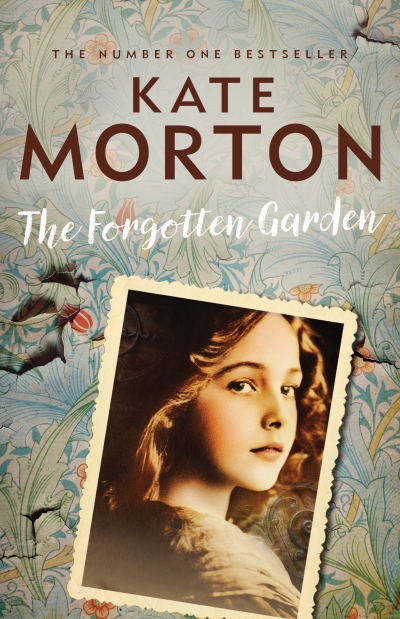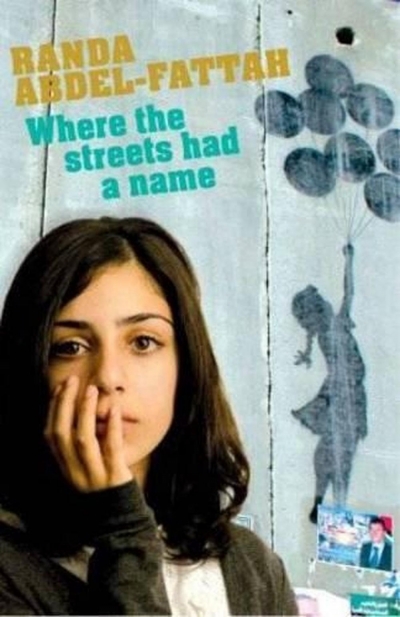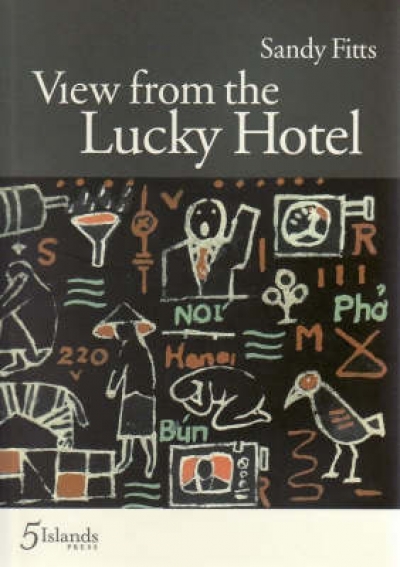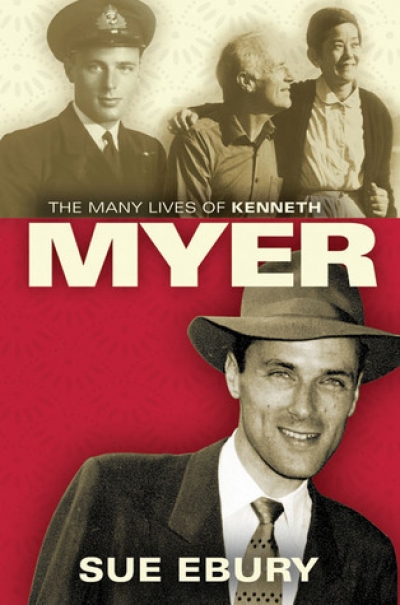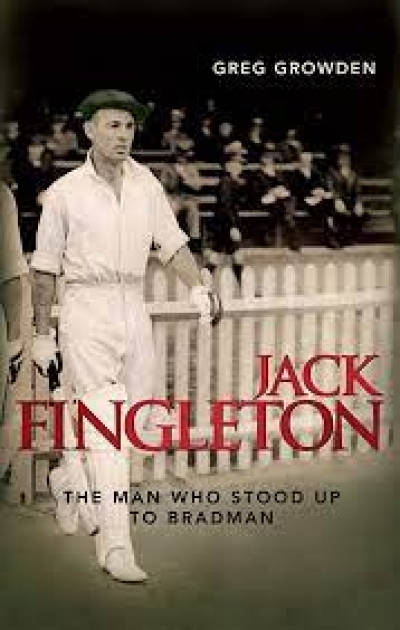Review
The Racket: How abortion became legal in Australia by Gideon Haigh
by Lisa Featherstone •
Where The Streets Had A Name by Randa Abdel-Fattah
by Yossi Klein •
Modern Times: The untold story of modernism in Australia edited by Ann Stephen, Philip Goad and Andrew McNamara (eds)
by Sarah Scott •
The Keys to the Kingdom: Superior Saturday by Garth Nix
by Benjamin Chandler •


